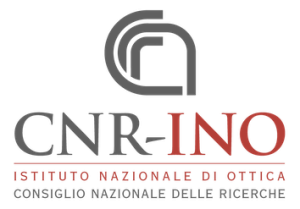
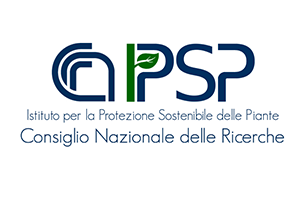
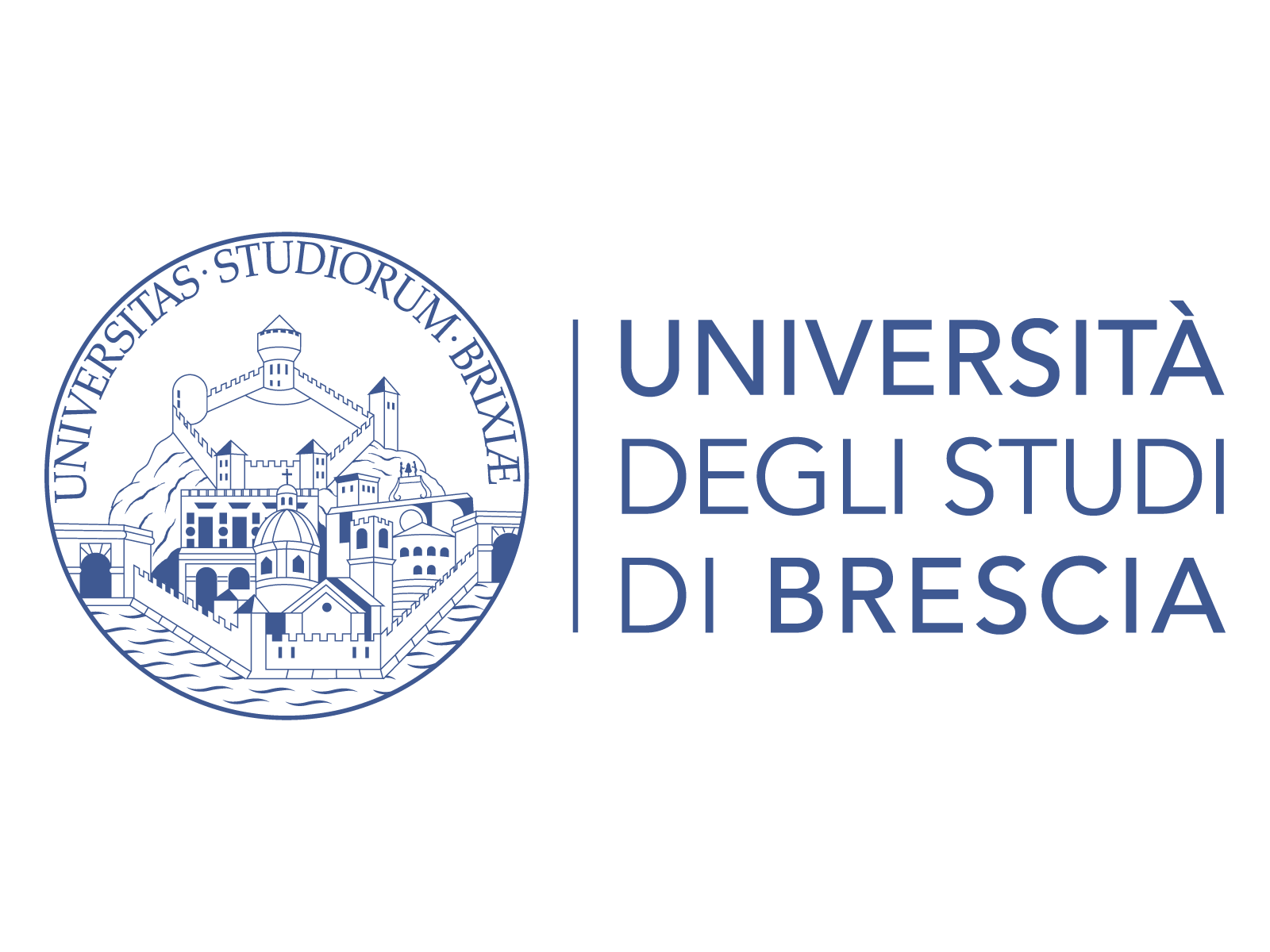
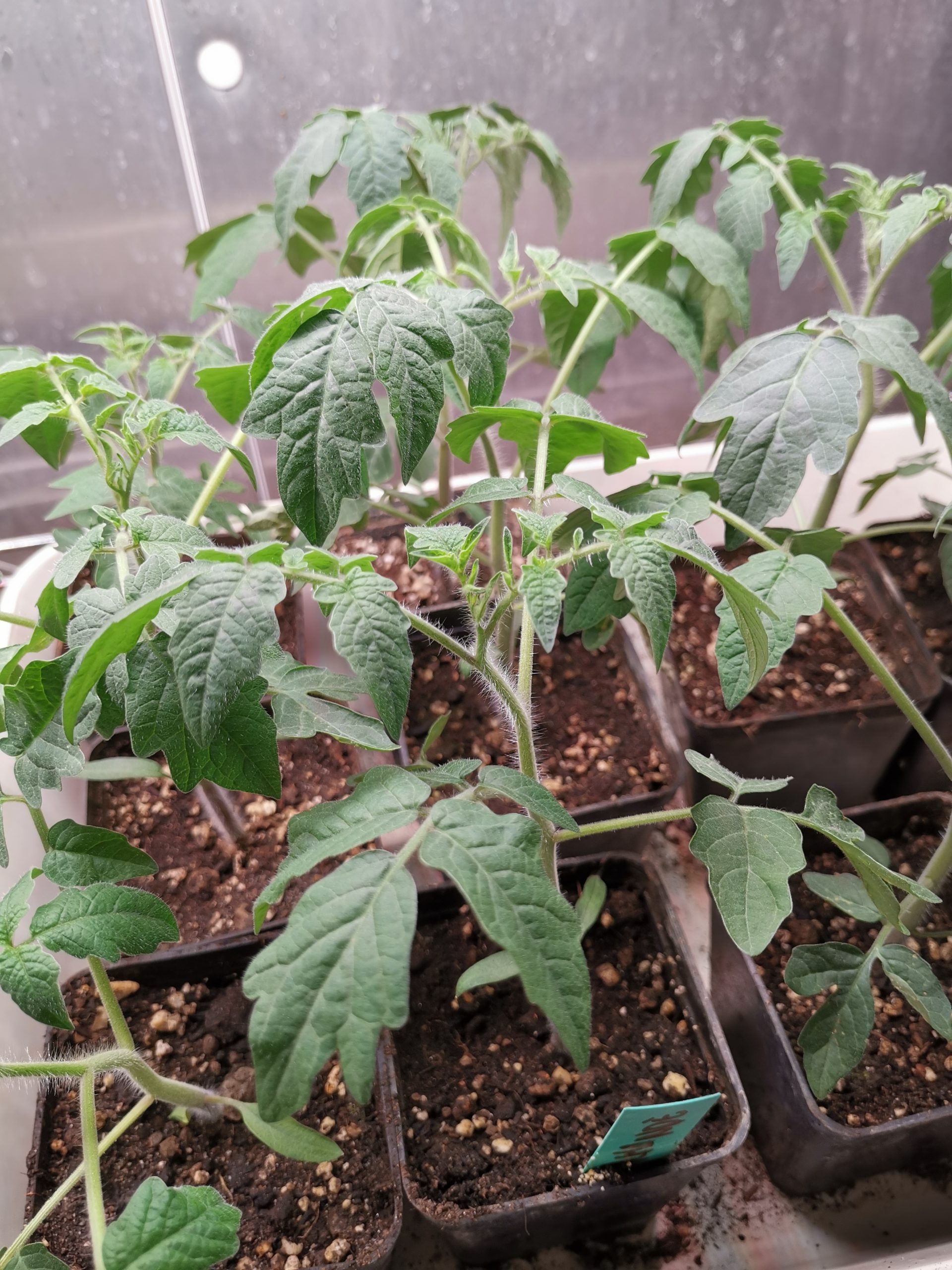
About the project…
Precision agriculture is a recent approach in crop and animal production that relies on a set of technologies that monitor variability and unpredictability in the agricultural systems: key elements of such technologies are a widespread
use of sensors, information systems, enhanced machinery and informed management to optimize the use of limited resources.
Main aims of this project are:
· To apply and optimize Electronic Nose (EN) and Raman Spectroscopy (RS) as complementary classes of sensors for advancement in precision agriculture in crop production;
· To explore the potentiality of EN and RS for specific
plant-microbe interactions in a model plant such as tomato (Solanum lycopersicum – left picture);
The instruments we daily use
E-NOSE
The E-nose (electronic nose) is a device able to detect the concentration of some volatile molecules. It can be built by integrating one ore more gas sensors of different technology, according to the application. In particular we use e-noses composed by semiconductor gas sensors. They work by changing their resistance depending on the target gas concentration. They are extremely cheap if compared to optical gas sensing technology but they are also characterized by low selectivity and poisoning issues. In order to control the integrated heater and to acquire the data, a custom microprocessor based system and software is used.
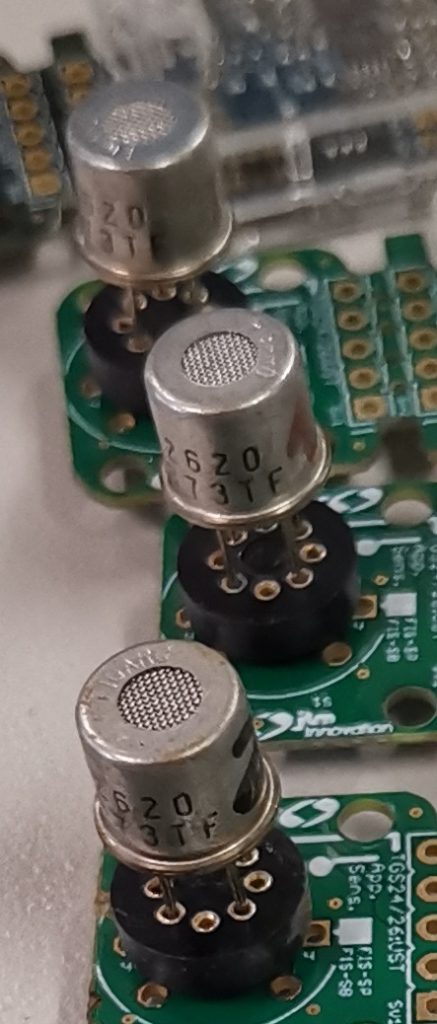
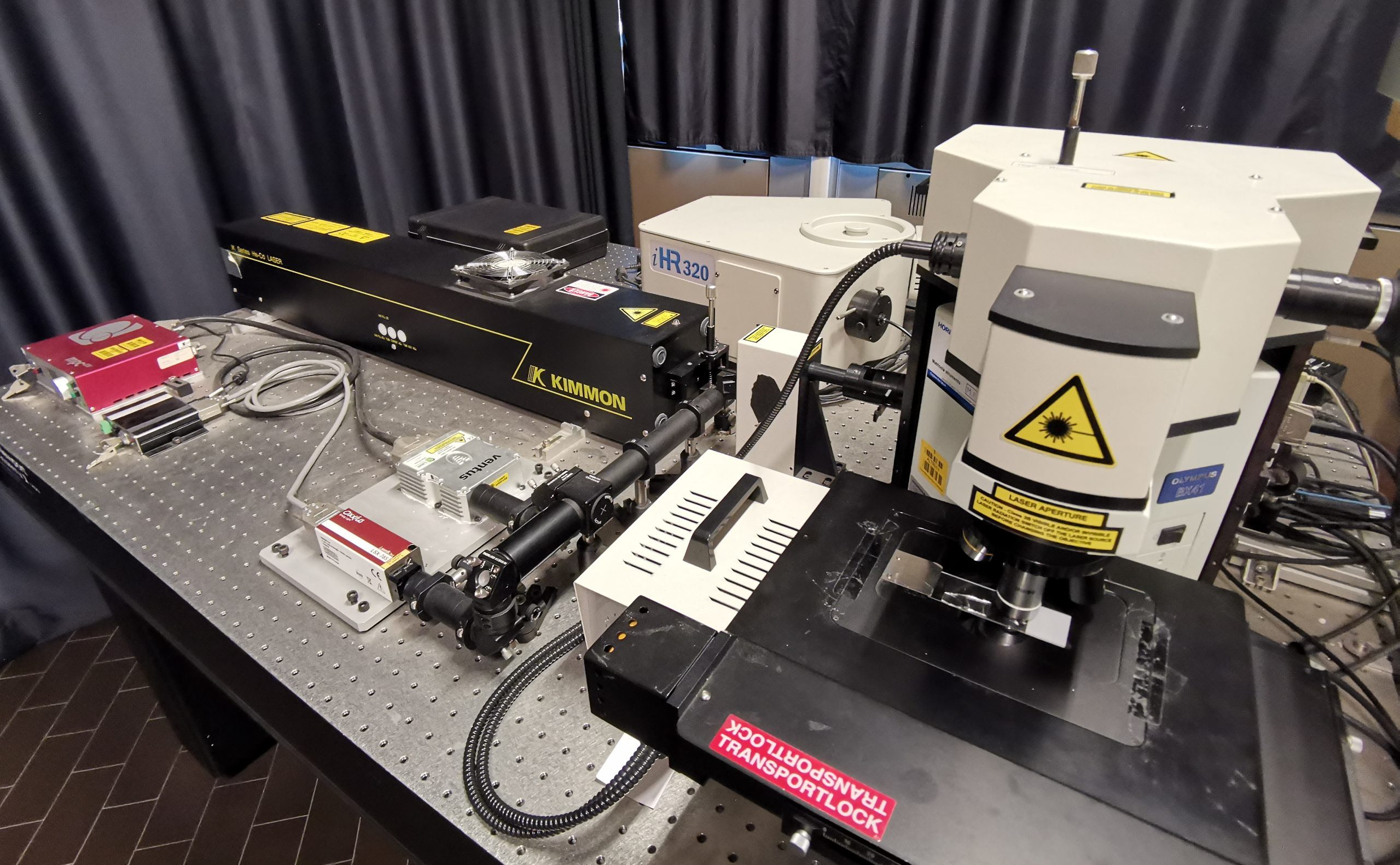
RAMAN SPECTROMETER
Raman spectroscopy is a technique that probes scattered light to characterize the physical and chemical properties of materials. The Raman spectrometer can be coupled to an optical microscope in order to focus the excitation source onto very small samples (e.g., crystals, thin films, etc.), or integrated in a handheld device which can be useful during in-field applications. From the collected vibrational patterns, interesting information about the chemical composition or the structure of materials can be obtained.
Data analysis: a key step to succeed
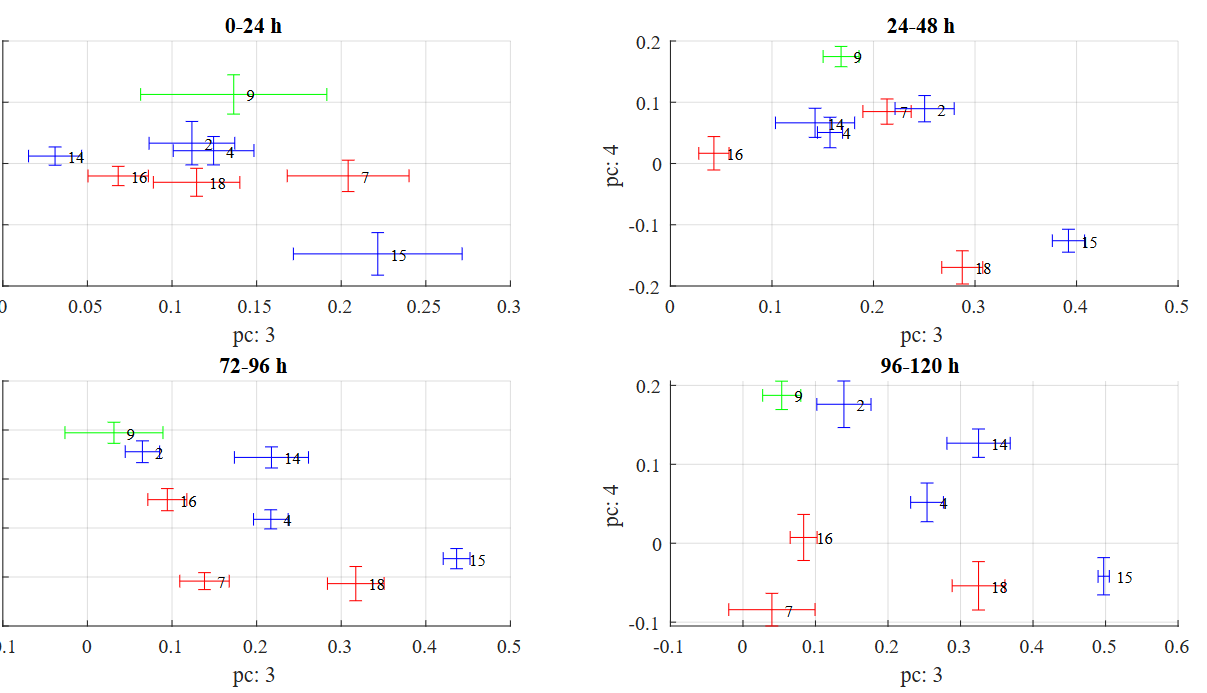
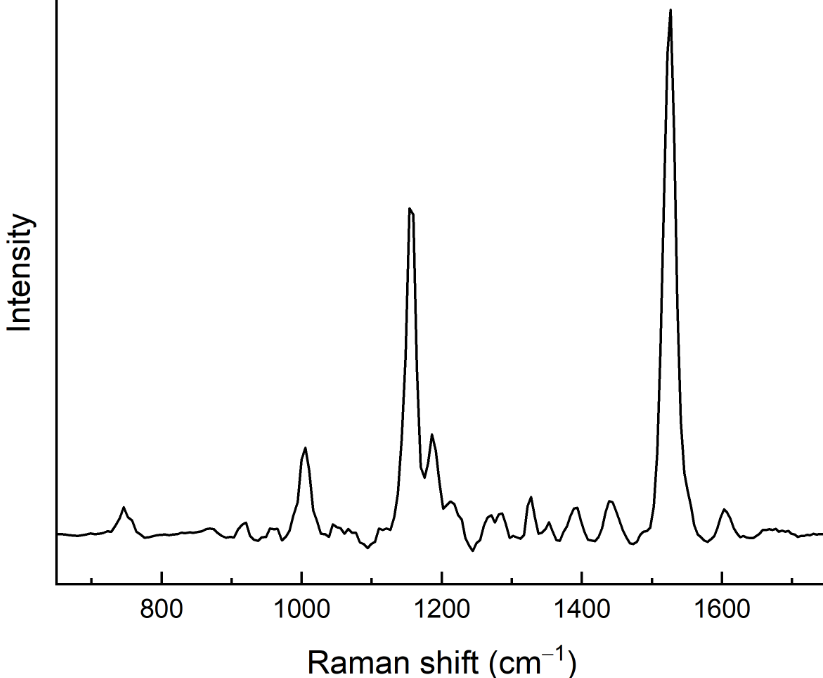
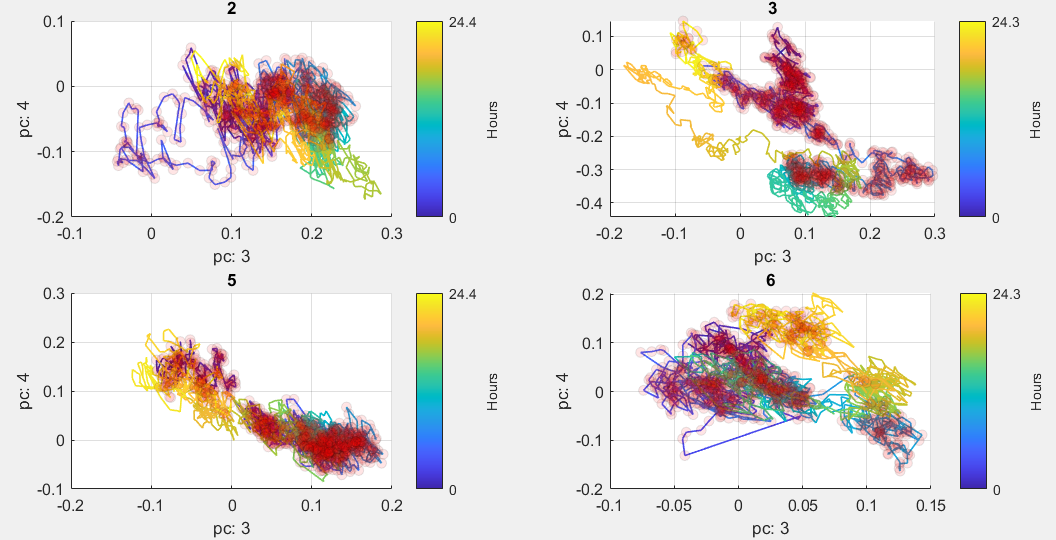
Raw measures from the instruments are useless without a proper data analysis which allows to clearly see results. In particular with e-nose, in the case of long lasting multi days measuring sessions, millions of raw data are available.
An accurate preprocessing stage consisting in cleaning outliers, filtering high frequencies, and reduce dimension is fundamental to go on. About the classification task of distinguishing between healty and infected plants both
ready-to-use algorithms like trees, knn, SVM and kernel have been used, both custom built algorithm specific for the application.
The main part of the data analysis is performed using MATLAB (by The MathWorks Inc.)
